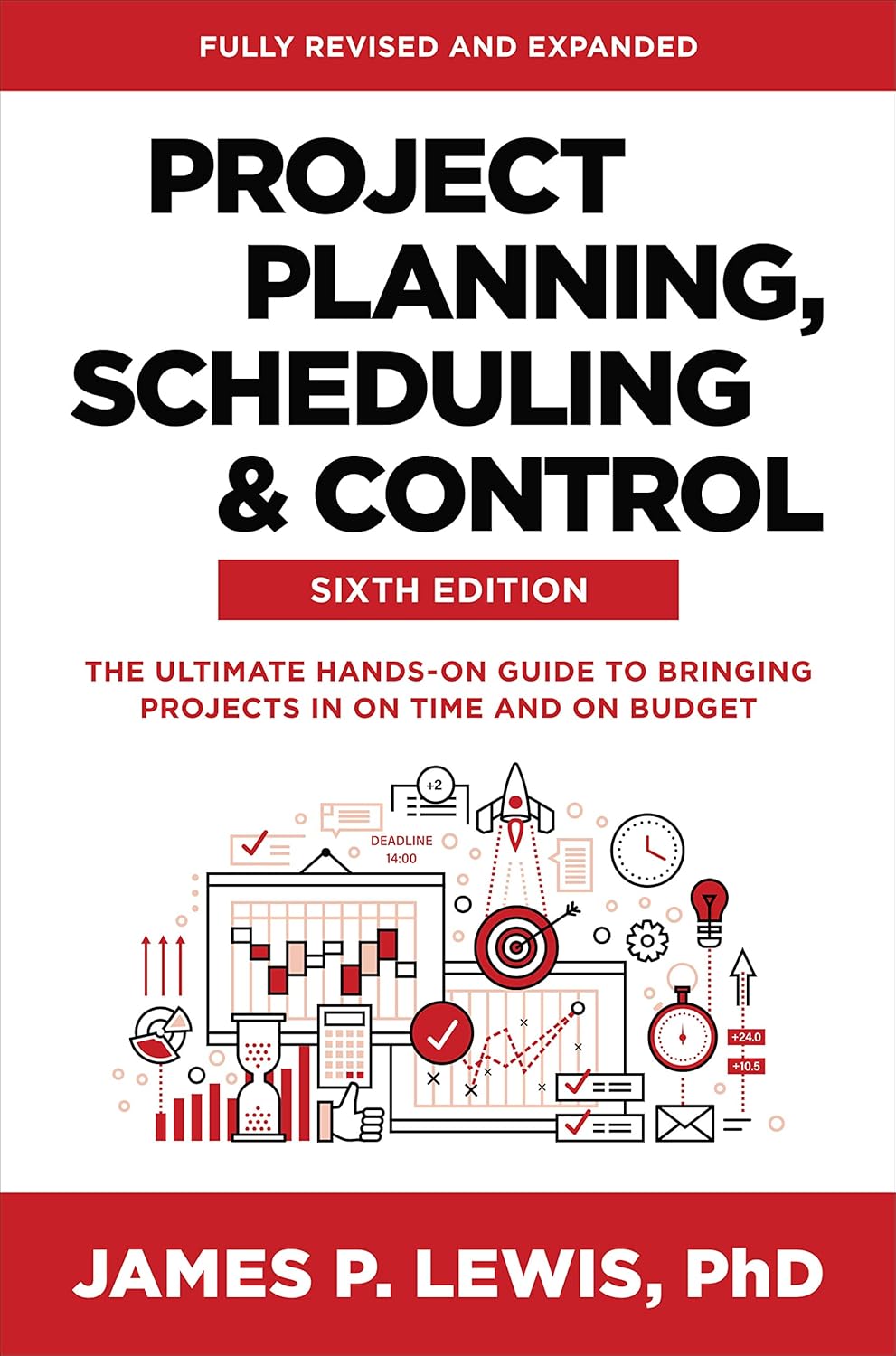
Control
What is Control?
In project management, control refers to the process of monitoring project performance and taking corrective actions to ensure that objectives are met. It involves comparing actual results with planned performance and making adjustments to align with the project’s goals, schedule, and budget. This ongoing process helps managers respond to issues before they become significant problems, maintain quality standards, and meet stakeholder expectations.
Control is a core function within project management, typically spanning several domains, including scope, schedule, cost, quality, and risk. It ensures that any deviations from the plan are identified early and managed effectively, contributing to the project’s success. Managers rely on data, performance indicators, and progress reports to assess the project’s progress and determine whether adjustments are necessary.
Key Points
- It is a continuous activity throughout the project lifecycle.
- It involves comparing actual progress against planned objectives.
- Control processes help detect deviations early, allowing for timely corrections.
- It applies to various areas, including scope, time, cost, quality, and risk.
- It requires accurate data collection and timely reporting.
Related Terms
- Monitoring is the process that works in conjunction with control by collecting and analyzing project data to evaluate performance.
- Project scope management involves defining and managing all work required, which is critical for adequate control.
- Risk management supports control efforts by identifying and responding to potential threats and opportunities.
- Change control is a specific control process that ensures all changes are documented and approved before implementation.
- Performance measurement provides the metrics used in control to assess project status and efficiency.
Control: Example
A company scheduled a construction project to finish in six months with a fixed budget. Halfway through, the project manager notices a delay in material delivery that threatens the timeline. By applying control measures, such as revising the schedule and reassigning resources, the manager minimizes the impact and keeps the project on track. Without control, the delay might have extended the project timeline and increased costs.
Control: Best Practices
- Regularly update project plans and baselines for accurate comparisons.
- Utilize key performance indicators (KPIs) to track progress effectively.
- Conduct frequent status meetings to maintain team alignment.
- Document all issues and actions taken to improve transparency.
- Establish clear thresholds for taking corrective action when deviations occur.
Additional Resources
Preparing for a PMI certification?
- Exam Prep Courses: PMP®, CAPM®, and PMI-ACP®
- Exam Simulators: PMP®, CAPM®, PMI-ACP®, PMI-PBA®, PMI-RMP®, PMI-SP®, PgMP®, and PfMP®
- Professional Development Units (PDUs): 15, 30, and 60 PDU Bundles




